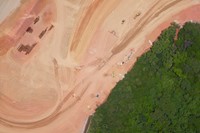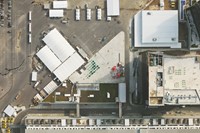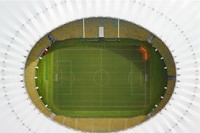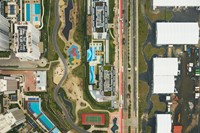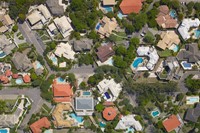Rio 2016 may be over, but a compelling new photo book by Giles Price prompts us to consider the lasting impact of the indelible changes made to the city in the build-up to the games
The athletes have returned home and the stadiums – already criticised during the event for being empty – are now unanimated, but the urban landscape of the Brazilian city has been transformed indelibly. Was it worth it? What are the consequences of transformations of this scale in a place where corruption and crime still pervades?
In 2014, London-based photographer Giles Price began to photograph those transformations – from 1500 feet above them. Shooting from a helicopter with a special rig developed over the years (in the 1990s, Price photographed terrains ravaged by other kinds of conflict while serving in the Royal Marines during the first Gulf War and later during a tour of Northern Iraq/Kurdistan) Morar Olimpíadas combines the trenchant critique of documentary or photojournalistic photography with the quiet, compelling beauty of their aesthetic. "I was interested in how I could tell a traditional story using a more abstract language," he says. "I wanted to find an aesthetic that transcends rigid documentary."
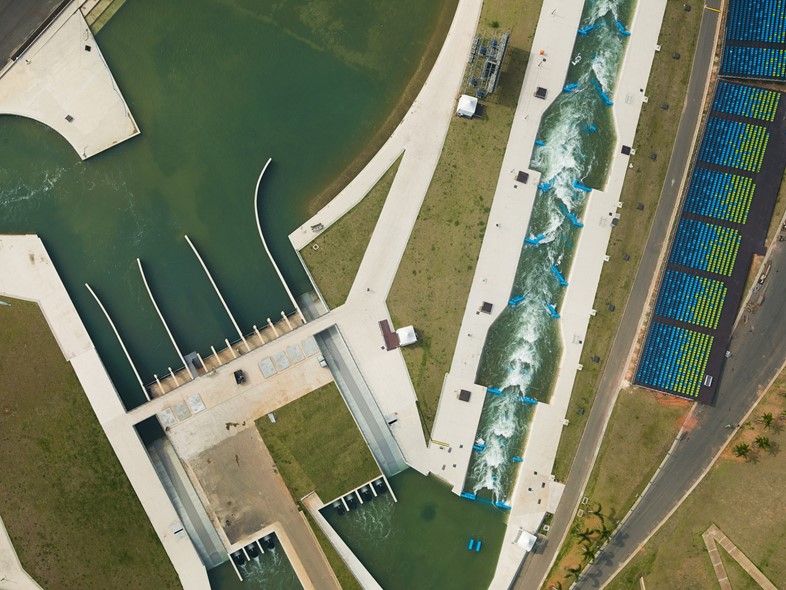
Price uses perspective purposefully, giving a sense of the impact of geography on Rio’s political problems – something that plagued this deeply divided city centuries before the latest construction work, with impoverished hillside favelas fringing wealthy neighbourhoods on the plains below. As he explains: "I wanted to render that particular visual vocabulary of the vertical – which is usually very raw and has become an everyday viewpoint over the past 15 years with Google earth and military drones – in a very different way."
"The more I started reading about the reality of the politics, the corruption and the inequality, the social aspects became far more pronounced," he continues. Morar Olimpíadas is in some ways a continuation of his series of portraits of the workforce at the London 2012 games. These loaded landscapes, however, have a more political edge, documenting an economic war. "I started by observing, but then through my edit that observation became more conscious," he says. “I'm not 'anti-games', the original inception of it is a noble thing, but I think we're getting to the point now where it's locked into a neo-liberal capitalist struggle."
Morar Olimpíadas by Giles Price is out now, published by See Studio.

